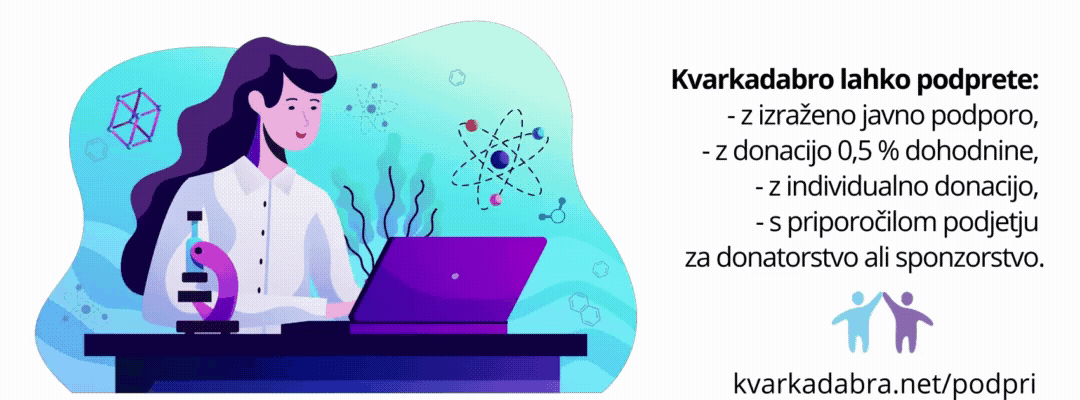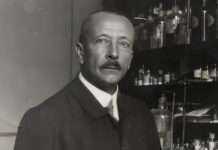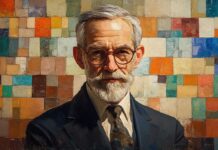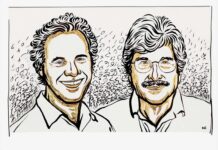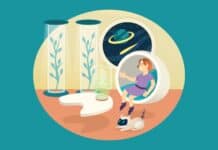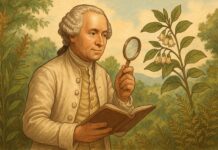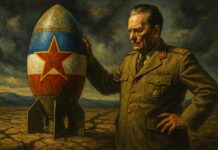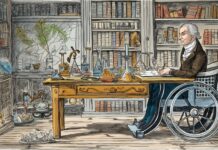Daniel Shechtman (Technion, Izrael) je prejel letosnjo Nobelovo nagrado iz kemije za odkritje kvazikristalov:
On the morning of 8 April 1982, an image counter to the laws of nature appeared in Daniel Shechtman’s electron microscope. In all solid matter, atoms were believed to be packed inside crystals in symmetrical patterns that were repeated periodically over and over again. For scientists, this repetition was required in order to obtain a crystal.Shechtman’s image, however, showed that the atoms in his crystal were packed in a pattern that could not be repeated. Such a pattern was considered just as impossible as creating a football using only six-cornered polygons, when a sphere needs both five- and six-cornered polygons. His discovery was extremely controversial. In the course of defending his findings, he was asked to leave his research group. However, his battle eventually forced scientists to reconsider their conception of the very nature of matter.
In se zanimiv odsek iz zapisa na Physorg.com
Staffan Normark, permanent secretary of the Royal Swedish Academy said Shechtman’s discovery was one of the few Nobel Prize-winning achievements that can be dated to a single day.
Crystallographers always believed that all crystals have rotational symmetry, so that when they are rotated, they look the same. On April 8, 1982, while on a sabbatical at the U.S. National Bureau of Standards and Technology in Washington, D.C., Shechtman first observed crystals with 10 points – pentagonal symmetry, which most scientists said was impossible.
“I told everyone who was ready to listen that I had material with pentagonal symmetry. People just laughed at me,” Shechtman said in a description of his work released by his university.
For months he tried to persuade his colleagues of his find, but they refused to accept it. Finally he was asked to leave his research group, and moved to another one within the institute.
Shechtman returned to Israel, where he found one colleague prepared to work with him on an article describing the phenomenon. The article was at first rejected, but finally published in November 1984 – to uproar in the scientific world. Double Nobel winner Linus Pauling was among those who never accepted the findings.
“He would stand on those platforms and declare, ‘Danny Shechtman is talking nonsense. There is no such thing as quasicrystals, only quasi-scientists.'” Shechtman said.
In 1987, friends of Shechtman in France and Japan succeeded in growing crystals large enough for x-rays to repeat and verify what he had discovered with the electron microscope.
V Proteusu izpred sestih let je o tem, ali bo Schechtman prejel nobelovo nagrado za fiziko spekuliral Peter Jeglic.

